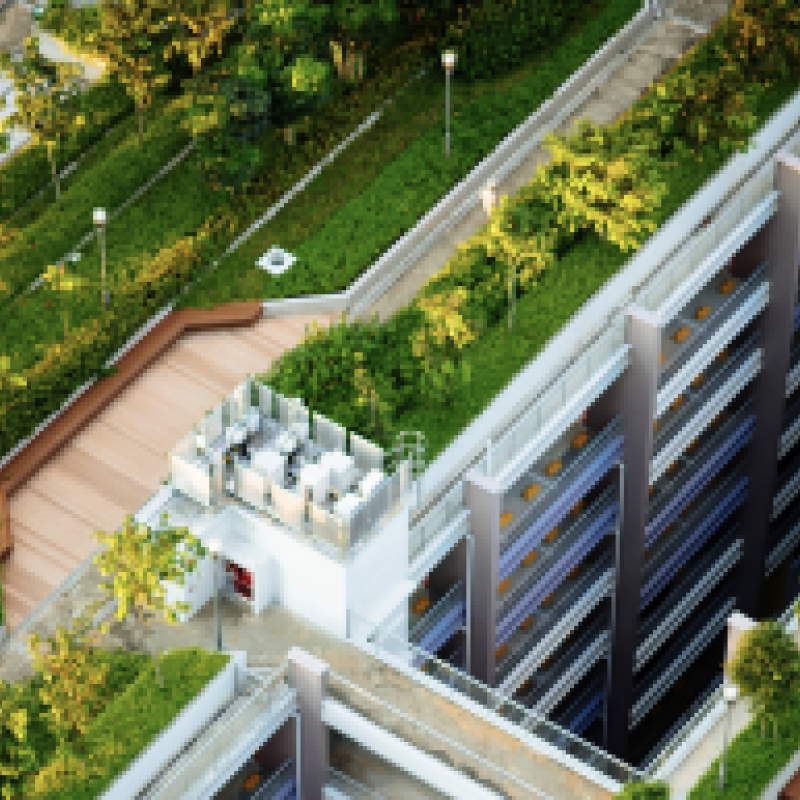
UNECE supports Sustainable Urban and Peri-Urban Forestry for public health, climate resilience and green recovery
Spending extended periods of time at home under COVID-19 restrictions highlighted the need for accessible green spaces like never before, particularly for city dwellers who sought out green spaces for fresh air, exercise and a break from the confines of their apartments. Access to green open spaces is critical to maintaining positive mental and physical health, yet a recent pan-European study showed that more than 60% of people in European cities live in areas with insufficient green space according to World Health Organization standards.
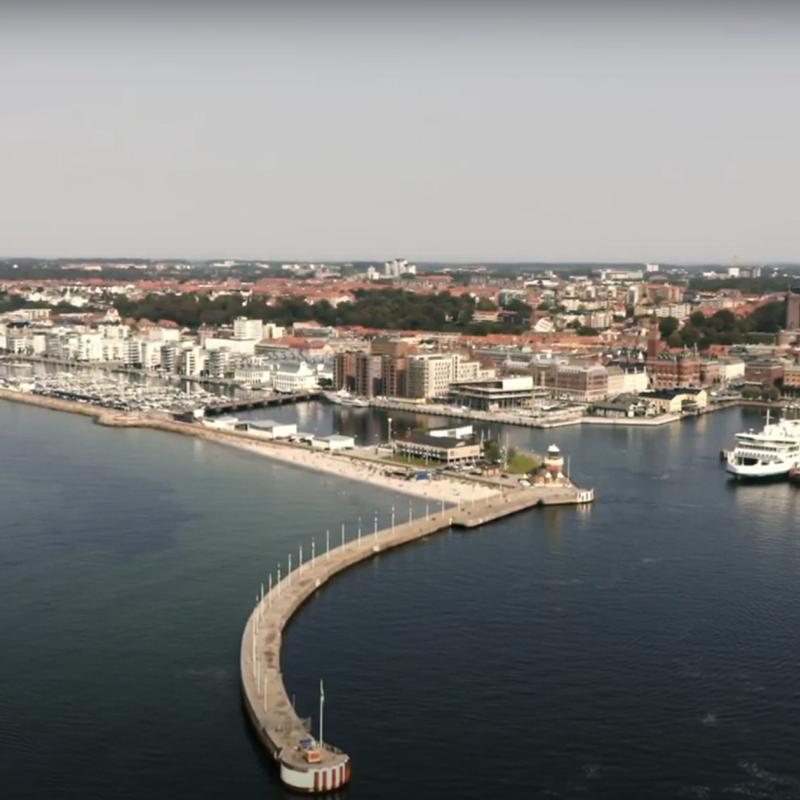
How Helsingborg is bringing the forest into the city
In Helsingborg we are trying new ways to establish trees in our urban areas to bring the forest into the city and the urban environment.
We are currently focusing on areas where it is typically more difficult to establish and plant trees, such as newly constructed building areas that have compacted soils. In these areas, it’s easier to plant smaller qualities of plants together and make a small urban forest, or pocket park out of them.
This approach of planting small qualities of significantly cheaper plants together, quite densely, and then gradually thinning out the trees will, in the long run, create a forest grove with a variety of different trees of different heights and forms.
We create raised planting beds, of about 15 cm, where the existing clay soil is reinforced with 30% compost and covered with hardwood chip to keep the soil moist longer, in an effort to create a good environment for the trees from the get-go.
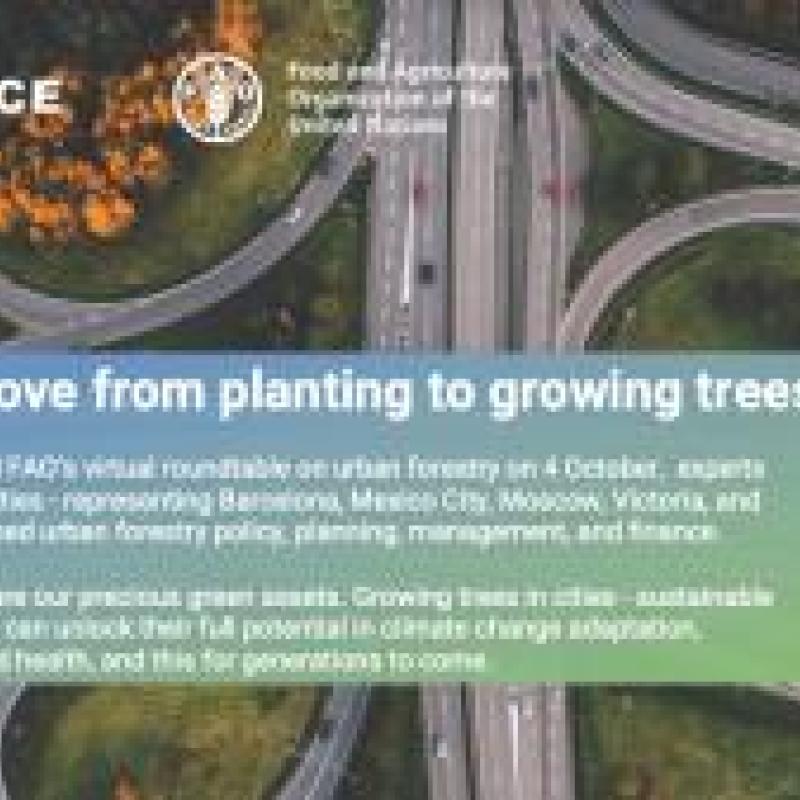
Let’s grow trees in our cities!
Policymakers looking for innovative solutions to global problems are increasingly recognizing that the answers have been around for a long time even before the earth got populated by humans. Trees can help achieve pressing global objectives for sustainable development, biodiversity conservation, and climate action.
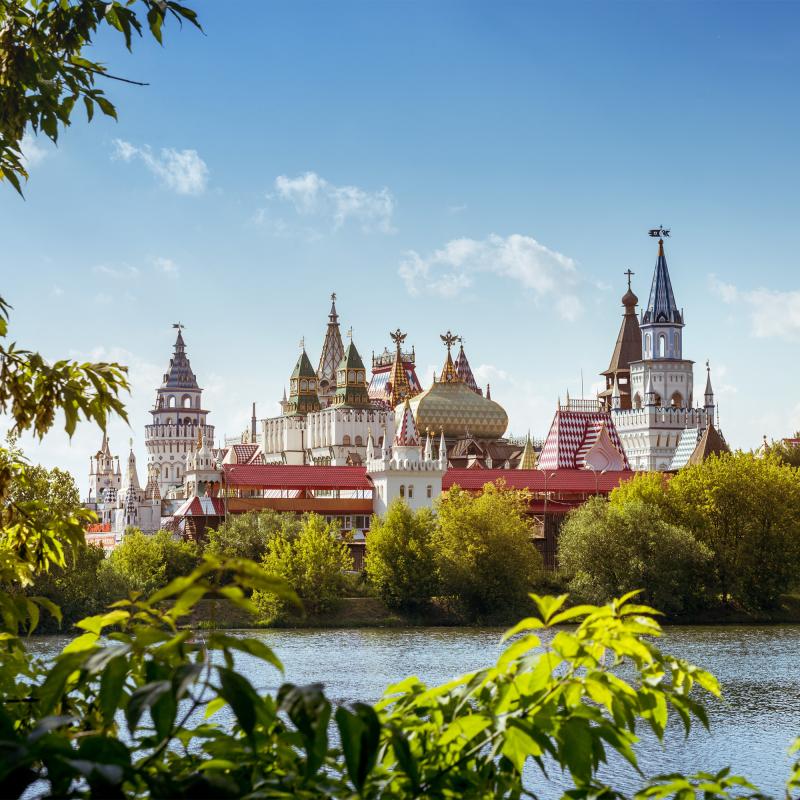
Moscow joins the Trees in Cities Challenge, bringing planting pledges to around 11 million trees
Over the last decade, the local government has worked with citizens to plant over 2.5 million trees and shrubs in a large-scale landscaping programme entitled, “Million Trees”, which was launched in 2013. Now, under the “Trees in Cities Challenge”, the leadership of Moscow has committed to adding new trees to its parks, squares and courtyards, and increasing the monitoring of its urban canopy to counter the outbreak of pests and diseases.
Mr. Sergey Cheremin, Moscow Government Minister and Head of the Department for External Economic and International Relations of Moscow, said “For many years Moscow has been striving to improve the well-being and comfortable living of its inhabitants. Our participation in “Trees in Cities Challenge” confirms Moscow's intention to evolve in urban greening and become one of the modern leading capitals in the creation of a favorable environment.”
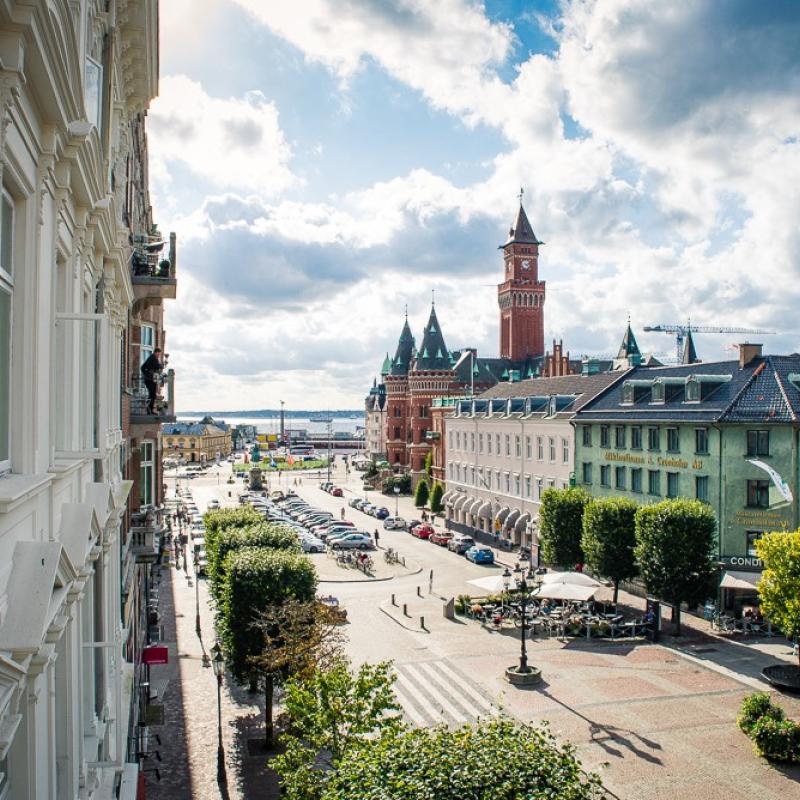
The City of Helsingborg has planted just over 18,000 trees and 60 different species in two years
“Our participation in the UN’s initiative has great symbolic value and is important on a global level, but it is even more important for us here locally. We are contributing in a real way to a better climate and a higher quality of life for the people of Helsingborg in so many respects. Here we are really thinking long term for future generations,” says Mayor of Helsingborg Peter Danielsson.
The city’s tree planting projects are part of H22, Helsingborg’s major innovation and welfare initiative to develop future solutions that improve quality of life in a smarter, more sustainable city. On 30 May-3 July 2022, Helsingborg invites the world to explore and develop sustainable and innovative solutions during the international event H22 City Expo.
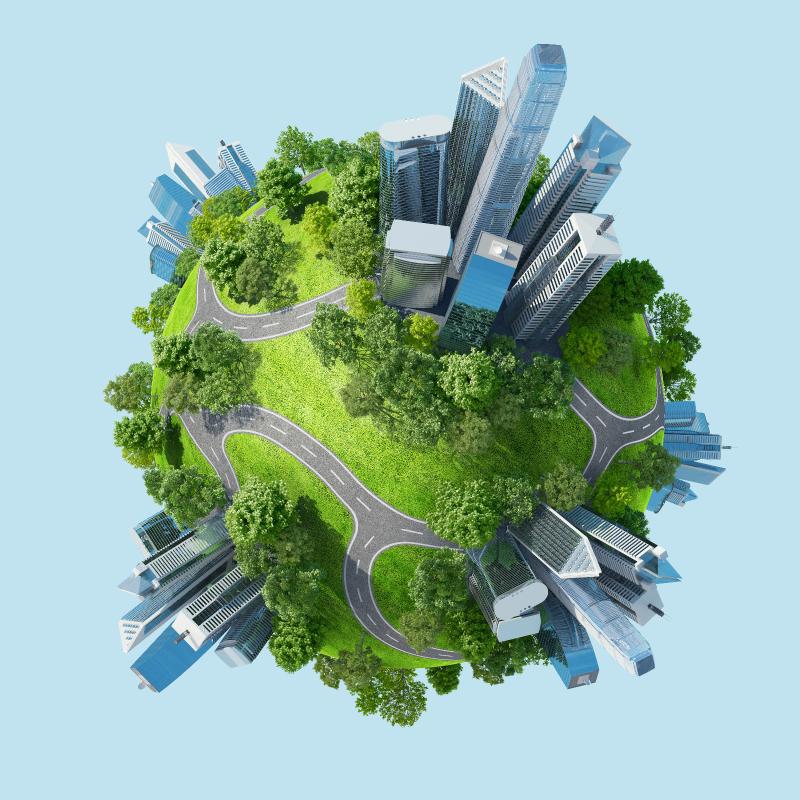
Urban trees and forests in the spotlight as the UN Decade on Ecosystem Restoration commences
In March 2019, the United Nations General Assembly declared 2021 – 2030 to be the Decade on Ecosystem Restoration and called for action at all levels to protect and restore degraded ecosystems and reverse biodiversity loss. Adding to their climate change mitigation and health benefits, urban trees and forests offer a unique opportunity for policy-makers at the local level to contribute to the Decade.


